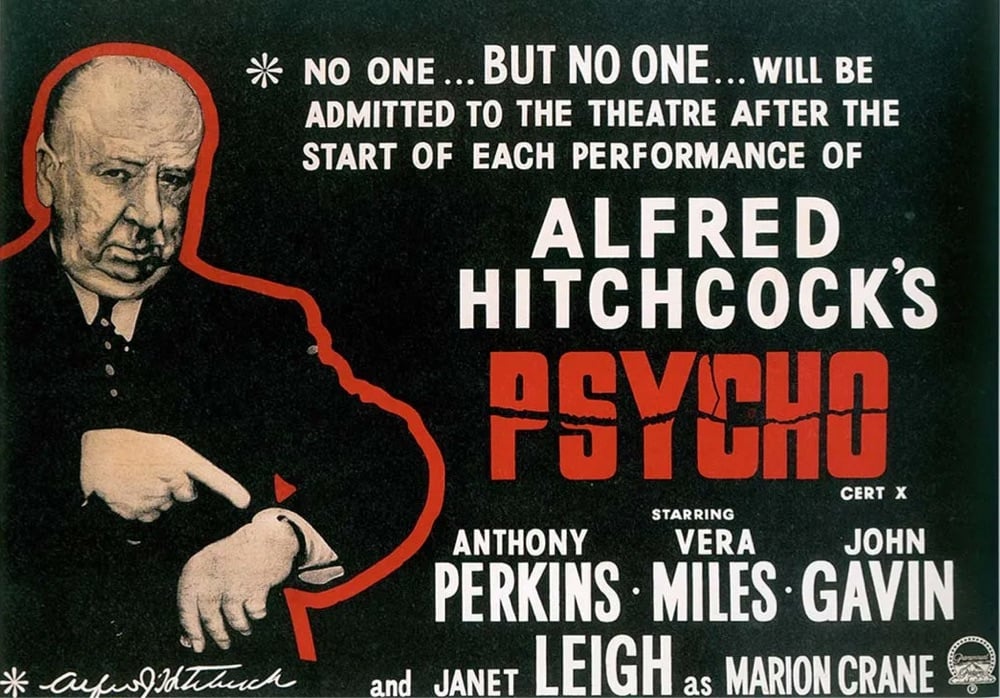Psycho and the End of the Continuously Showing Movie

Going to the movies used to be a somewhat different experience than it is today: people wandered into a theater at any point in a film and would just watch until it looped back around when they came in. From a piece in the Hollywood Reporter:
Throughout the classical Hollywood era, moviegoers dropped in on a film screening whenever they felt like it, heedless of the progress of the narrative. In the usual formulation, a couple go to the movies, enter midway into the feature film, sit through to the end of the movie, watch the newsreel, cartoon, and comedy short at the top of the program, and then sit through the feature film until they recognize the scene they walked in on. At this point, one moviegoer whispers to their partner, “This is where we came in,” and they exit the theater.
This began to change in the 40s and 50s for a variety of reasons — theater owners and movie studios didn’t like it, movies were getting more complex, the rise of TV, etc. — but the real shift occurred with the premiere of Psycho in 1960. The studio put out a promotional blitz before it’s release stating that no one would be allowed entrance to the theater after the start of the film.
On June 16, 1960, after a saturation campaign giving fair warning, the DeMille and Baronet theaters in New York premiered Psycho with the see-it-from-the-beginning edict in place. In a practice later to be known as “fill and spill,” exhibitors hustled audiences in and out with military efficiency (the staggered showtimes — every two-hours for the 109-minute film — made for a tight squeeze). Uniformed Pinkerton guards were on hand to enforce the policy.
Here’s a video of Hitchcock laying out the policy for moviegoers (via open culture):
Psycho didn’t singlehandedly stop the practice, but Hitchcock’s stand was an important part in shifting moviegoing practices to the set start times we have today.





Stay Connected